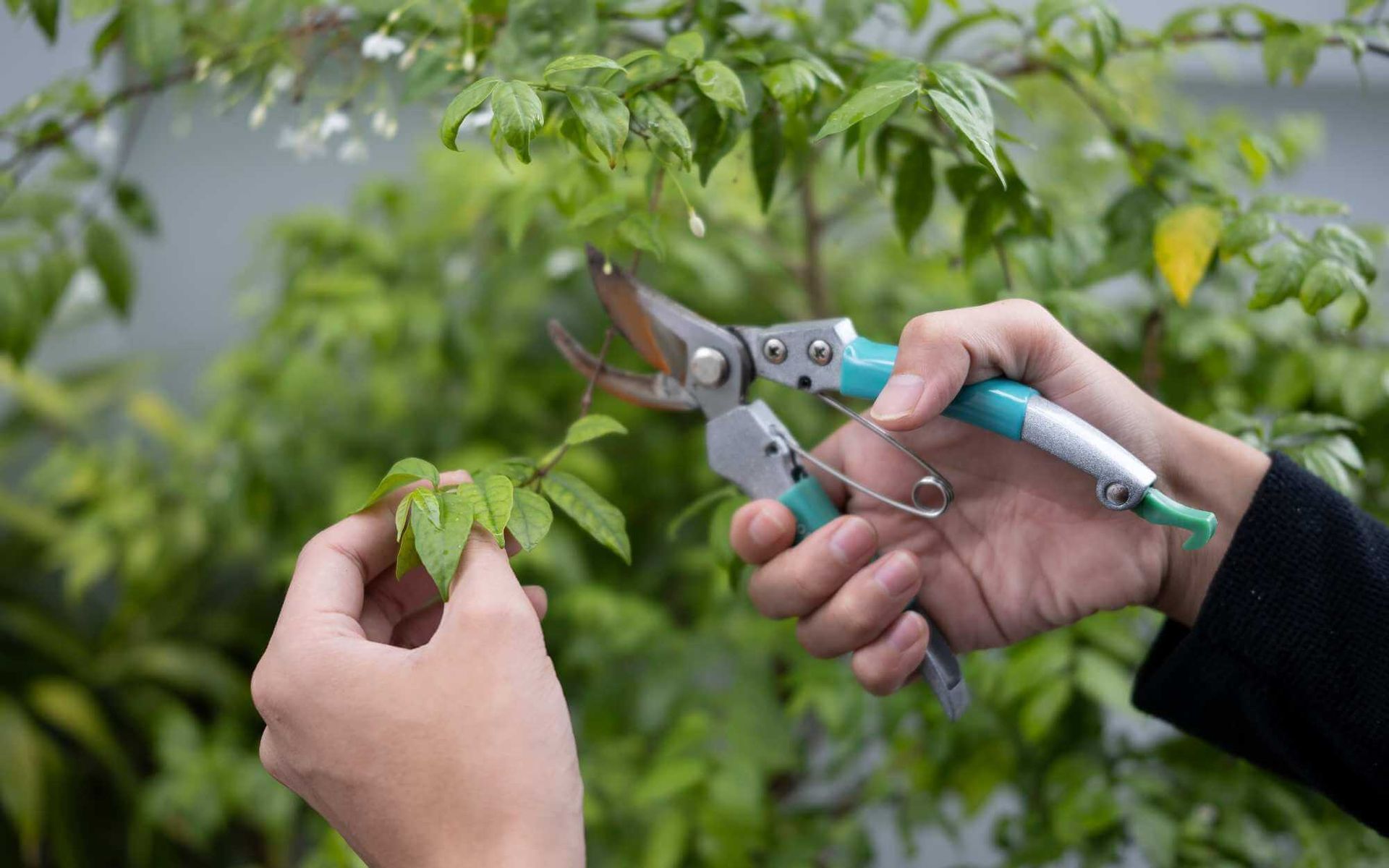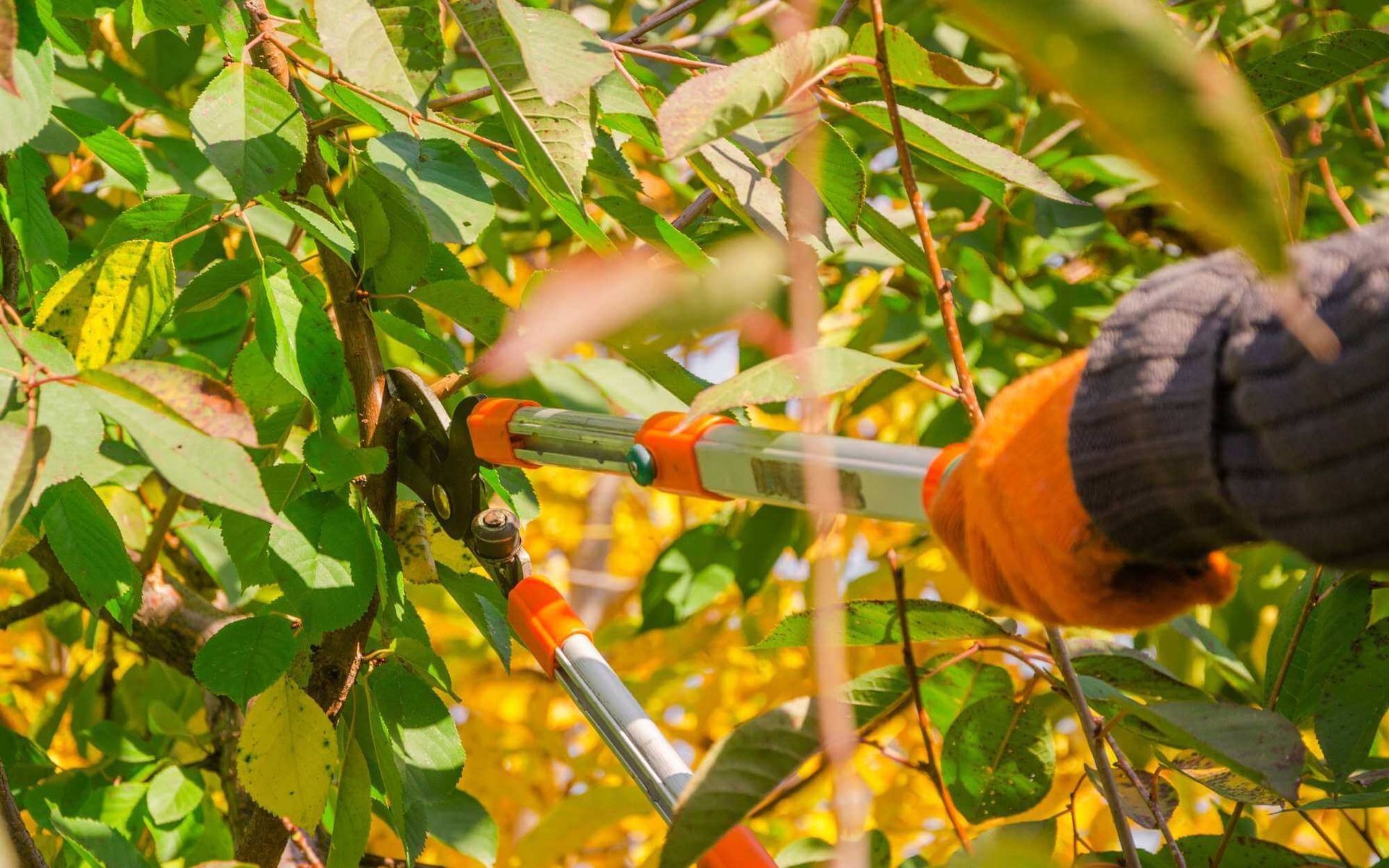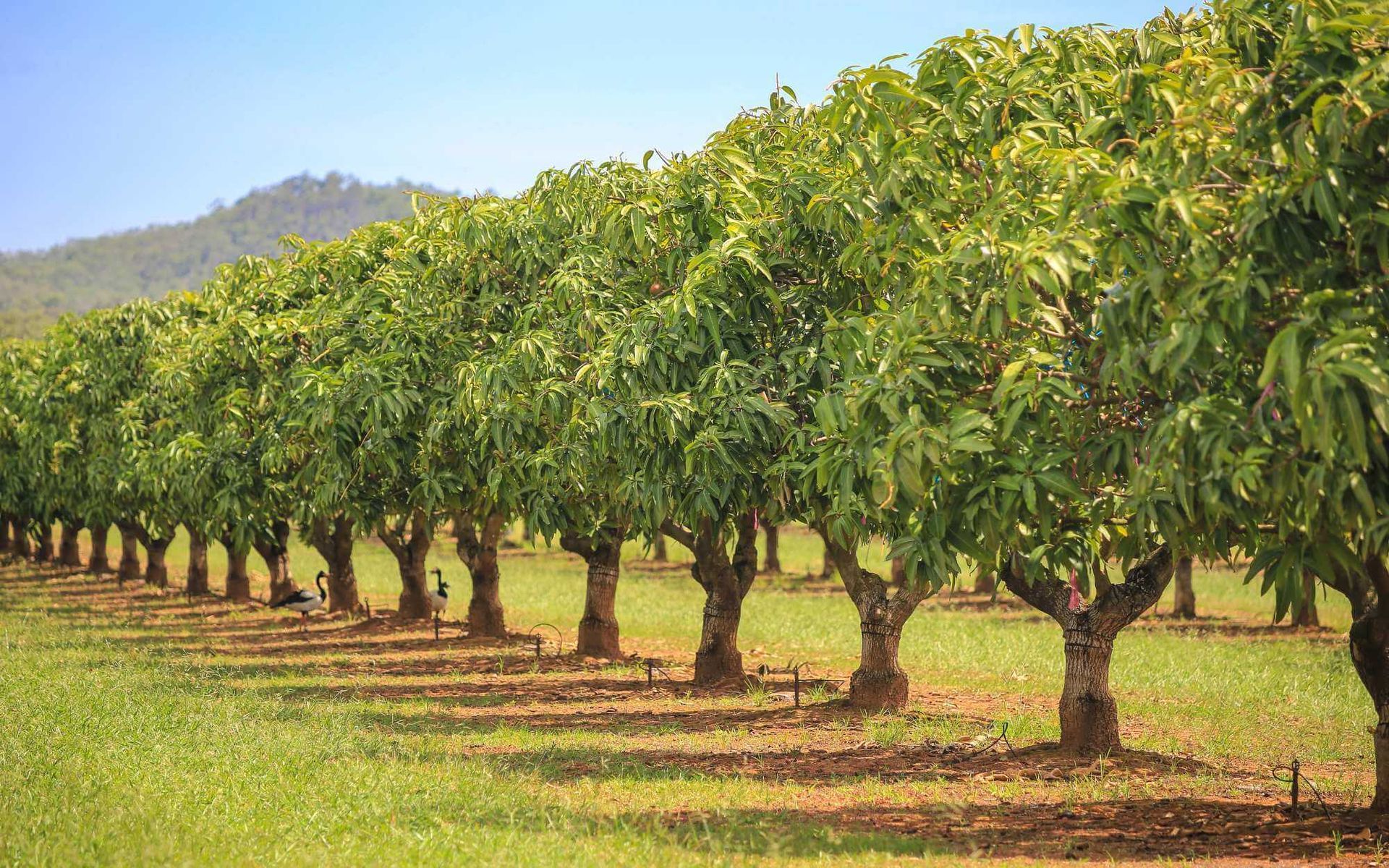Real Tree Team
Arborist, Tree Service and Tree Removal Services
License #: FL-10250A
CALL FOR A FREE QUOTE!
Effective Fruit Tree Pruning Techniques for Productivity
PUBLISHED ON
SHARE THIS ARTICLE

When it comes to nurturing a fruitful orchard, pruning shouldn't be overlooked. This aesthetic practice is a strategic step towards enhancing their productivity and health. By carefully trimming your trees' branches, you allow better sunlight penetration and air circulation, ensuring your trees produce luscious, high-quality fruits year after year.
This blog will delve deeper into the art and science of
effective fruit tree pruning techniques, ensuring your orchard thrives and yields plentiful harvests.
Understanding Fruit Tree Pruning
Pruning fruit trees bears several benefits. It fosters tree health by eliminating dead or diseased, scaffold branches. It encourages better fruit quality and yield by directing energy to fruit production rather than unnecessary foliage growth. It also enhances light penetration and increases air circulation, reducing the chances of disease outbreaks.
However, misconceptions abound. One common fallacy is that fruit trees don't need pruning, leading to crowded and unhealthy trees. Another is the belief that heavy pruning boosts productivity, but over-pruning can instead stress the tree and lower yield.
Understanding the tree's needs and growth cycle is the key to effective pruning.
Key Techniques for Effective Fruit Tree Pruning

Selective Pruning
Selective pruning is an essential technique for healthy and productive fruit trees.
By removing dead and diseased branches, you not only prevent the spread of infections but also direct more resources to the healthy parts of the tree. Thinning overcrowded branches is crucial to avoid competition for sunlight and nutrients, allowing for the growth of stronger branches and better-sized fruits.
Moreover, shaping the tree for optimal growth involves strategic cuts that promote a balanced, open center canopy, enhancing sunlight penetration and air circulation. This targeted approach to pruning ensures your fruit trees remain robust, disease-free, and highly productive.
Timing and Frequency
The best time to prune trees is during the dormant season, typically in late winter or early spring. Dormant pruning helps to invigorate the trees for new growth come spring. It also allows for easier branch inspection and less risk of disease transmission as most pests and diseases are inactive. However, a regular pruning schedule should not be ignored.
Light maintenance pruning in summer can help control tree size and promptly remove any diseased or broken branches. The regularity of pruning varies depending on the tree's age, health, and type, but generally, an annual or biennial pruning regimen can keep your fruit trees in optimal condition.
Pruning Tools and Techniques
Choosing the right tools for pruning is pivotal. Secateurs are ideal for small branches, while loppers or a pruning saw may be needed for larger ones.
Ensure your tools are sharp for clean cuts and sterilized to prevent disease spread. When cutting, aim to make clean, angled cuts just above an outward-facing bud or lateral branch, avoiding tearing the bark.
Lastly, care for pruning wounds is crucial. While trees usually heal naturally, in the case of larger wounds or disease-prone trees, use a tree wound dressing to prevent infections, ensuring your trees continue to thrive post-pruning.
Maximizing Productivity through Pruning

Pruning plays a definitive role in elevating fruit quality and yield, promoting healthy growth, and bolstering disease resistance.
Removing superfluous, diseased, or dead branches channels the tree's energy toward fruit production, resulting in larger, more quality fruits. The increased sunlight and air circulation from strategic pruning prevent disease, fostering stronger, healthier trees. Moreover, pruning helps shape the tree's future growth direction, ensuring a balanced, productive canopy.
Effective pruning is a crucial horticultural practice, turning your orchard into a bountiful haven of healthy, delicious fruits.
Boost Fruit Tree Yield with Effective Pruning
Whether you have a pear or apple tree, following proper pruning principles fosters healthy growth, bolsters disease resistance, and enhances fruit quality and yield.
By removing superfluous, diseased, or dead branches, pruning channels the tree's energy towards producing larger, higher-quality fruits. It also promotes a balanced, productive canopy through increased sunlight and air circulation.
Maximize your orchard's productivity with expert pruning. Call our
ISA-certified arborists today for a consultation.
Want a free quote or some friendly advice? Call our team today:
More Posts From The Real Tree Blog:
ISA Certified Arborists. Licensed, Insured and Bonded.
Providing the Highest Quality Tree Services to South Florida since 1993.
FOLLOW US ON :
Contact Details
BROWARD & PALM BEACH COUNTIES
Site Links

LGBTQ+ Friendly

ISA Certified Arborist®
FL-10250A
| Real Tree Trimming & Landscaping, Inc




